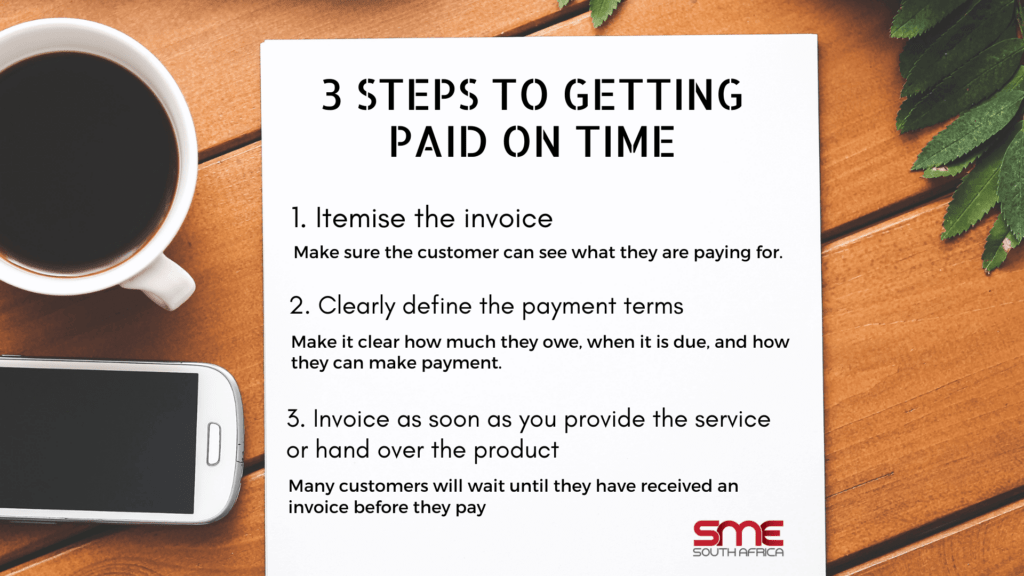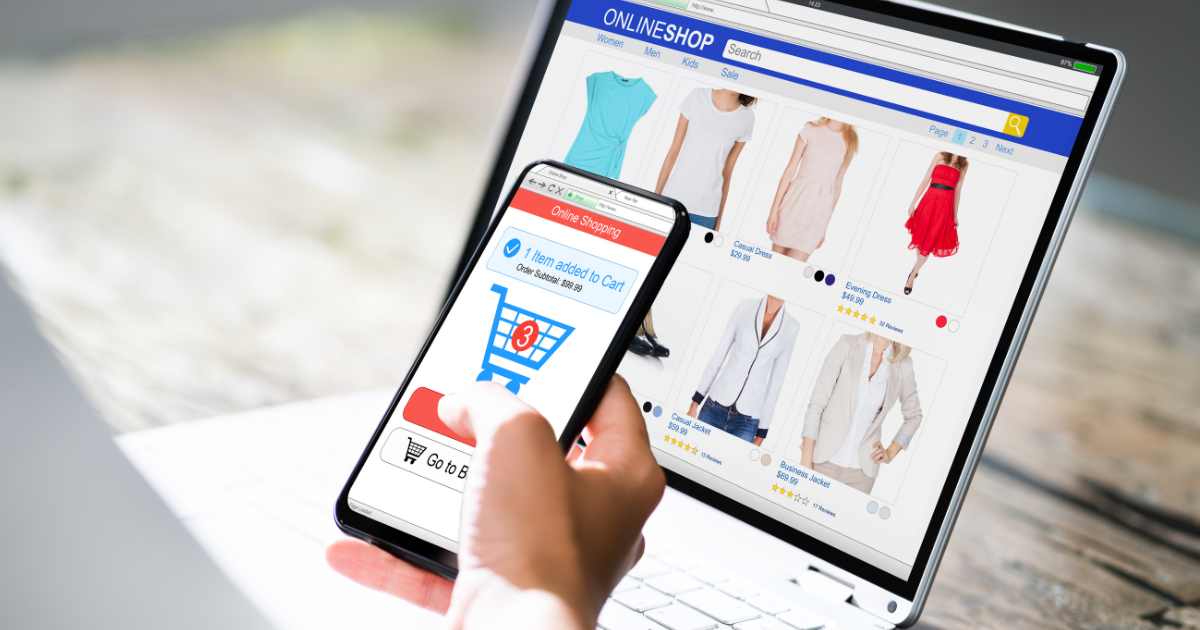
By: Jolawn Victor, head of emerging markets at Intuit QuickBooks
Earlier in 2019, the Small Business Institute (SBI) asked the top 100 companies on the country’s main bourse, the Johannesburg Stock Exchange, about how they pay SMEs. Of the responses, only 1 in 10 companies said they made that kind of information public, and only a quarter reported a specific policy to pay SMEs within 30 days. A tiny proportion said they pay within two weeks.
Of SMEs surveyed at the time, the SBI said that as many as 40% of late payments eventually get written off as bad debt. On average, payments were made a hundred days after the 30-day target.
While these figures come from the second quarter of 2019, it is unlikely that the situation has changed materially for the majority of small businesses trying to earn a living. Victor says that while small business owners cannot control the behaviour of those that owe them money for their products or services, there are a few steps businesses can take with their invoices to ensure there are as few obstacles to on-time payments as possible.
“These include sending out invoices timeously and ensuring that payment details and terms are clearly defined and stipulated. SMEs can even incentivise early payments by offering discounts,” she says.
Victor adds: “In South Africa, 90% of SMEs are paid through EFT, and this is where automation from programmes such as QuickBooks, a cloud accounting software, can play a vital role in invoicing. Invoices need to be proactive and include and feature payment instructions as well as very clear payment terms,” says Victor.
SMEs spend too much of their time chasing invoices. This means automated reminders are an important tool, says Victor, and these reminders should also include the payment terms, how to pay, when the payment is due and whether the customer’s payment is now overdue.
There are a few simple, yet effective, ways to prepare invoices to ensure the best possible chance of early payments or payments made on time.
1. Itemise the invoice
In other words, make sure the customer can see what they are paying for, and understand exactly how the total has been calculated. This includes whether you have added any discounts to the product or service. “This way, you can minimise the chances of queries going backwards and forwards,” says Victor, adding that a good tip is ensuring you have explained all the costs to a customer prior to them signing a purchase order.
2. Clearly define the payment terms
The customer should be under no illusions about how much they owe, when it is due, and how they can make payment.
3. Invoice as soon as you provide the service or hand over the product
“It may seem obvious, but don’t forget to invoice for work done,” says Victor. Often SMEs are so busy with their everyday business they forget, or put off the obvious. “Many customers will wait until they have received an invoice before they pay, and if you have a 30-day or more payment term, you are simply delaying your own cash flow.”
Victor says that in her experience, many SMEs like to state upfront how they preferred to be paid when sending invoices. “This is important, because ultimately you need to run your business in the most efficient way possible.
“The whole point of automation is to make things easier and more efficient, and so if you are going to automate your invoicing and payment reminders – which is advisable to free up valuable time to run the business – be sure to invest in the small details such as payment terms, how you prefer being paid, and banking details.
“The small things are all important because they add up to getting quicker payments and keeping the cash flow moving.”







